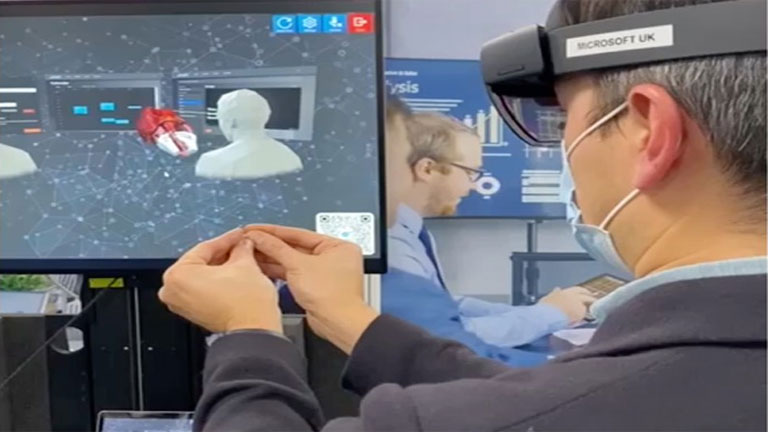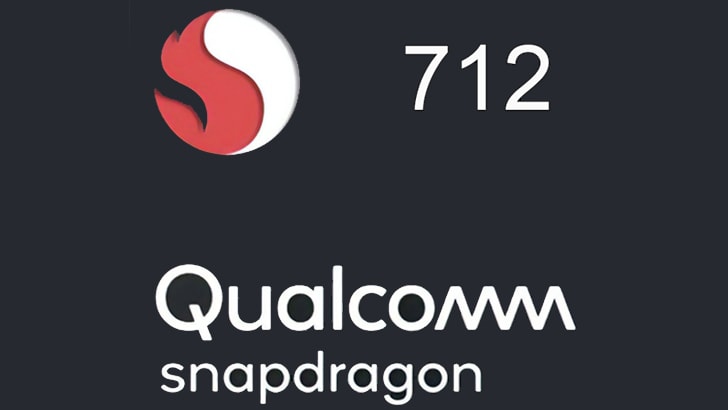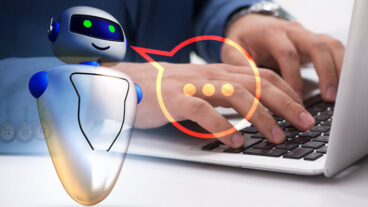In the field of medical education, the advent of virtual reality (VR) has become a hallmark innovation that has largely improved the training conducted for practicing healthcare experts. The application of virtual reality technology makes possible not only innovative ways of training medical specialists but also favorable conditions for evidence-based practices with higher-quality outcomes. The features possessed by VR technology, such as the ability to simulate and control the learning environment as well as immerse students and professionals, can be seen as an approach that can boost traditional medical training to unimaginable heights in terms of effectiveness and precision.
VR Integration in Medical Curriculum: A Game-Changer
The integration of virtual reality (VR) has brought an unprecedented change in the mode of teaching, resulting in improving the general performance of medical students worldwide. In the older training methodologies, written words, dead bodies, the patients’ cases, and actual interactions dominate. Besides, these strategies also have their drawbacks, like issues regarding availability, complex ethical matters, and the uncertain environment outside the school, which is hard to simulate in the classroom. Through VR technology, these issues get resolved just the way by creating an unchangeable and perfect environment where students can’t only learn but are also able to make as many mistakes as they can without unwanted changes in their lives.
Enhancing Surgical Training with High-Fidelity Simulations
VR technology has brought about the most revolutionary application in the medical field, which is surgical training. VR simulations provide a high-quality, altogether immersive, and realistic experience where the VR mimics the entire operating room environment. These simulations are quite precise and therefore provide an opportunity for students to communicate with virtual tissues that are equivalent to real human organs. Trainees are able to carry out repetitive practices and complex procedures, which are required if one needs to build confidence and precision. In addition, VR has the power to turn the most complex cases, such as rare complications, into training examples, which therefore allows the learner to experience comprehensive training by the method compared to traditional methods.
Boosting clinical skills and decision-making
Besides mastering surgical techniques, VR has the power of medical science students and staff specialized training. A virtual setting enables the same environment to be created that a real emergency room setting could have, as well as critical patient interactions or everyday patient care. This mechanism or setup is good enough for the trainees to learn how to make quick decisions as well as how to relate with patients bedside in a stress-free environment. The immediate learning results of VR systems are helpful in the process of training and making the required improvements since they provide learners with the chance to review every step and correct it in real time.
The Role of VR in Collaborative Learning and Telementoring
Collaborative learning will be the second VR area where it will excel, which allows students and professionals from different sites to interact in a common virtual world. Having a mentor with advanced knowledge at any given time is a key quality of this resource, which is important where access to expert mentors or advanced training facilities is limited. Moreover, telementoring through VR enables seasoned professionals who direct junior doctors in real or virtual interventions that are ultimately prone to error; hence, it helps in the learning process and patient safety.
Implications for Patient Safety and Reduced Training Costs
The VR positive aspect of medical training has a significant impact on patients. Untested trainees, when put into real patient care, can make a lot of mistakes. Thus, VR enables trainees to practice extensively in a controlled environment and reduces the occurrence of such mistakes. Besides, VR can narrow the theoretical and practical slew for learners by becoming a platform where they can interchange from the theoretical to the practical. Beyond that, although the setup at the beginning of using VR training tools might be an expensive investment, these systems are more cost-effective in the future because of their reusability and minimizing resources, which is typical with traditional training methods. The direction in which we move and the technological advances we acquire will be determined by the inclusive and equitable world in which we live.
The future appears unbounded for VR in medical training, with the constant improvements in technology bringing in more possibilities. The future projections may be impressive and real with the provision of such better haptic feedback systems that are almost the same as the actual procedures of the human body and mind. Integration of AI could make for more custom learning paths as well as add personalized experiences for students at the same time. The research and development in this area has the potential to further improve VR technologies that will soon be more accessible, hence contributing to becoming effective tools for education.
Sometimes the use of VR in medical simulation is not just a trend but rather a way to keep in line with the growing technologies used and developments made in science. VR delivers an all-inclusive, stimulating, and impeccably adjustable educational program in the medical field due to its interactive and adaptable nature. Healthcare providers are therefore able to provide improved treatment, which will translate into fewer deaths as well as safer and more effective medical care.




